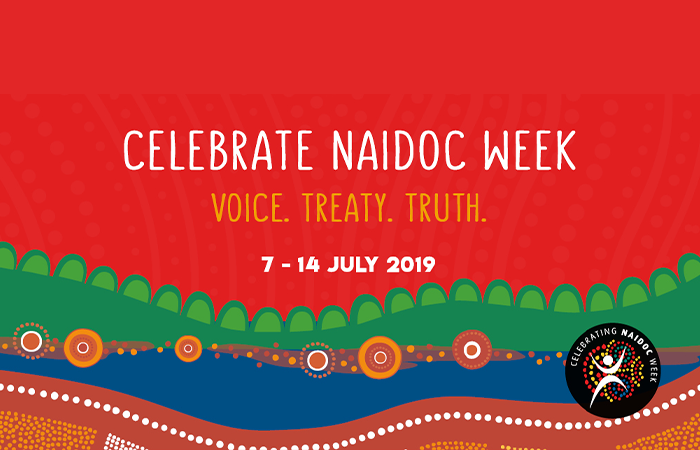Your Cart
Member Lunchbox Webinars
As a Member you get access to over 20 hours of additional recorded webinar content.
VET News
This week in VET
National VET PD Week is Back!
Jul 11, 2019
Updates from the National VET Regulator
Jul 11, 2019
Upgrade done? Check! All Done with the TAE ‘Upgrade’? Check!
Jul 11, 2019
NAIDOC Week
Jul 11, 2019
On the Lookout for Adjustable, Convenient PD?
Jul 11, 2019
Understanding Potential Labour Supply
Jul 11, 2019
Employer Incentives Revised from 1 July 2019
Jul 11, 2019
Podcast Program Making a Comeback
Jul 11, 2019
IBSA Update
Jul 11, 2019
VET Newsletters – 11 July 2019
Jul 11, 2019
Latest Publications – 11 July 2019
Jul 11, 2019
Media Releases – 11 July 2019
Jul 11, 2019
We hope you’ve enjoyed this abridged version of our weekly Member eNews.
Jul 11, 2019
NAIDOC Week

Read the following excerpt from TAFE CEO Craig Robertson:
The last ‘Closing the Gap’ report presented on 14 February 2019 shows gaps remain between Aboriginal and Torres Strait Islanders and the rest of Australia, alarmingly so. In good news, though, efforts are on track for two targets: that 95% of Indigenous four-year-olds are enrolled in early childhood; and halving the gap in Year 12 attainment or equivalent by 2020.
Vocational education and training plays its part by offering Year 12 equivalent courses as part of the Year 12 Attainment target. Each state and territory also committed to targets for participation and completions for Indigenous Australians by 2016 through the National Partnership on VET Reform. The agreement’s mid-term review showed that the targets were met by the end of 2014. My search of the Skilling Australians Fund, the replacement agreement between governments, fails to find mention of Indigenous priorities.
In the most encouraging news for Closing the Gap, our Indigenous leaders have led a refresh of the targets. The spirit is self-determination built on a strengths-based approach. VET has its role to play in several of the targets, which are being led by the Commonwealth:
- 47 per cent of Aboriginal and Torres Strait Islander peoples (aged 20-64 years) have completed Certificate III or above, including higher education, by 2028;
- 65 per cent of Aboriginal and Torres Strait Islander youth (15-24 years) are in employment, education or training by 2028; and
- 60 per cent of Aboriginal and Torres Strait Islander people aged 25-64 years are employed by 2028.
There is no doubt that work is a key plank to success but are we sure the way we conceive of linear pathways to work through our concept of VET is the best? Specifically, are competencies aligned solely to the tasks of occupations that operate in our capital cities and rigidly enforced by providers in fear of unfavourable findings from the auditor, the best solution?
The Joyce recommendations for Aboriginal and Torres Strait Islanders risks this approach, but makes useful recommendations, nevertheless.
As NAIDOC asks, and we reflect on progress of Aboriginal and Torres Strait Islanders, I sense there’s been progression in our policy approach. Modern efforts in Indigenous policy, including in VET, have been based on a welfare philosophy: ‘they can’t look after themselves, so we’ll need to do it for them’. The recent move to targets, in this case through Closing the Gap has us feeling good about what we want to achieve on behalf of Indigenous Australians (only having to beat ourselves when things don’t go to plan). Now there’s self-determination: let’s work in partnership. This probably has a greater chance of success because we are all working on shared commitments to meet aspirations.
For more information and to read the full article by Craig Robertson, see this week’s TDA newsletter.
Date posted Jul 11, 2019
Contact us
Need some help? Visit our help section to get answers to your questions.
Why join?
Our vision is to educate, inspire, and empower by providing quality, flexible and innovative products and services - the Velg Training membership program is no exception. Packed full of exclusive benefits, our membership program provides access to a range of member-only privileges. Watch now to hear more about these privileges!
Already a member?
Benefit from a free Velg Training profile and receive our fortnightly newsletter
All the great benefits of membership extend to the named individual
Benefits extended to unlimited sibling accounts
+
Account administrator to manage team
+
Track sibling PD history